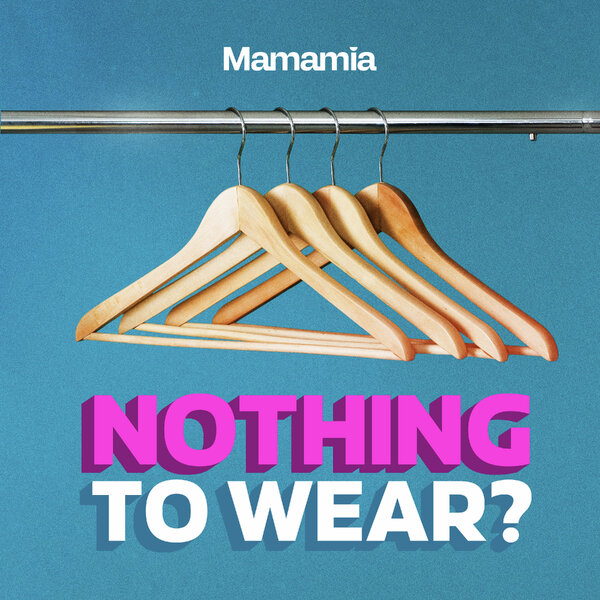Hello there. My name is Mary, and I am a woman.
For a long time, I considered this to be a pretty straightforward classification. I was a woman because I had XX chromosomes. When I got a little bit older, I understood that there were other people out there who might not have those XX chromosomes, but were women-identifying, and that they were also called women.
We were all women. This made sense.
I’m not a womon, or a wom*n, or – my personal favourite – an inherently objectified womban, because those are not real words. And that is why, when I tried to write that last one, Safari promptly autocorrected it to ‘wombat’… another thing that I am not.
If all of this has gone way over your head – as it did mine – allow me to take you back a few steps.
Womyn/womon/wimmin and their cousins are terms that have been around since the 1970s. They were coined by feminists to separate ‘woman’ and ‘women’ from their etymological roots in the words ‘man’ and ‘men’. They were terms designed to free our gender from its patriarchal constraints.
One of these terms – wom*n – is undergoing a resurgence, particularly in Australian university women’s groups. The one at my uni had a vote last year to start using the asterisk.
Which is where I come in.
I’ve always considered myself to be a pretty ‘solid feminist‘, to the extent that there is any sort of mould into which 21st century feminism fits and, thus, any sort of criteria by which one can be classified as ‘solid’. I’m all for suffrage, equal pay, choice, Robyn songs… you get the picture. So, when I first saw a poster for ‘The Wom*n’s Society’ on the inside of a toilet cubicle door at my campus, I felt a little strange.





























































































